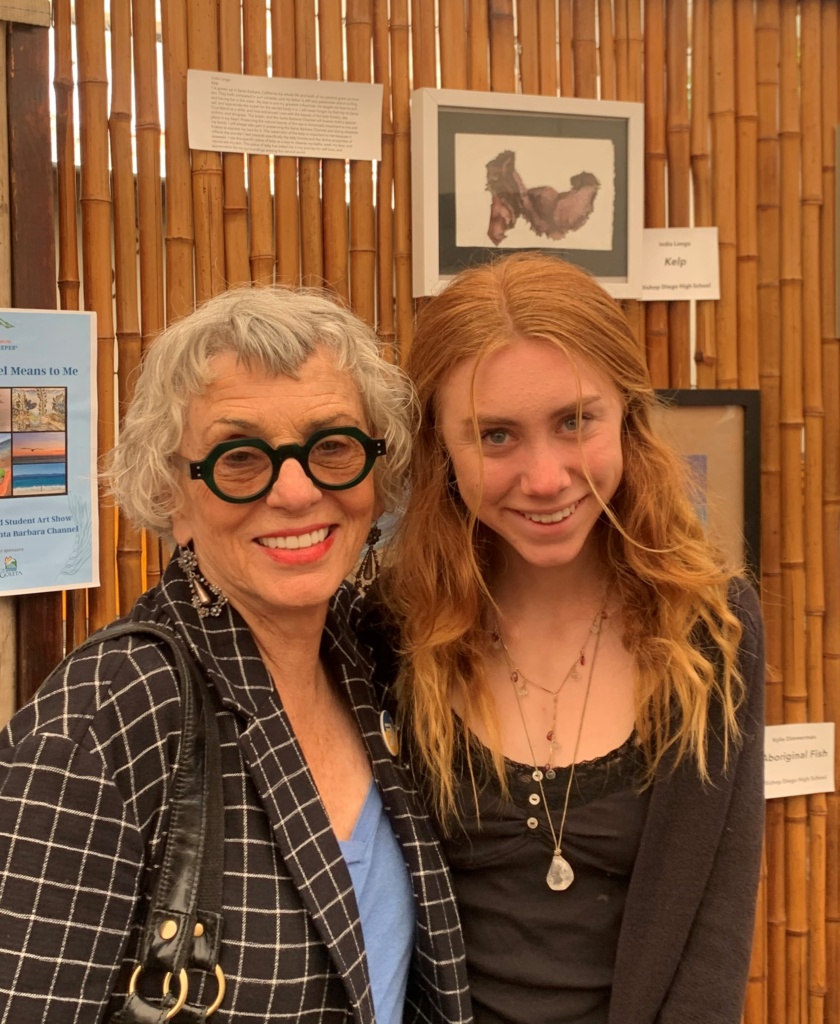May is American Wetlands Month, and a perfect time to take a moment to appreciate these beautiful habitats and all that they offer to wildlife and communities.
What are Wetlands?
A wetland is land that is covered by water—salt, fresh, or brackish—either seasonally or permanently, that functions as its own ecosystem. Freshwater wetlands include bogs, swamps, and wet prairies. Saltwater wetlands include salt marshes and mangrove swamps.
Why are Wetlands Important?
Wetlands are one of the most productive and biodiverse habitats on our planet. They provide important shelter and breeding, nesting, feeding, and wintering habitat for a wide range of species. In fact, while wetlands cover only six percent of the Earth’s land surface, forty percent of all plant and animal species live or breed in them and more than one-third of the threatened and endangered species in the United States live exclusively in wetlands.
Many fish and shellfish species such as flounder, sea trout, spot, croaker and striped bass and shrimp, oysters, clams, and blue and Dungeness crabs need coastal wetlands to survive. Many birds such as ducks, geese, woodpeckers, hawks, wading birds, and songbirds in addition to mammals such as black bears, raccoons, otters, and deer, rely on wetlands for food, water, and shelter.
Wetlands absorb excess rain or river water, so they protect communities against flooding and sea level rise. Additionally, wetlands help remove excess nutrients, toxic substances, and sediment from water that flows through them. They are so effective at improving water quality they have been referred to as the “kidneys” of a watershed.
How do wetlands fight climate change?
Wetlands are one of the planet’s best carbon-storing tools. When natural debris such as leaves, animal waste, and other high-carbon matter settles from the water’s surface to the bottom, it’s buried by sediment, sequestering carbon. Research indicates that coastal salt marshes can sequester approximately 1,940 pounds of carbon per acre per year, helping keep greenhouse gases out of the environment.
We need to Conserve and Restore Wetlands
In the past century, most wetlands have been drained, filled, and disconnected from the flowing rivers and streams that once brought them life. In California, more than ninety percent of the wetlands that once spread across the state have disappeared.
This May, we invite you to explore a wetland near you. Observe the incredible biodiversity, enjoy the natural tranquility, and reflect upon the importance of preserving and restoring our remaining wetland habitats for the species that rely on them and the communities that they enrich. Each of us can be a voice for the wetlands.
Explore a wetland near you!

